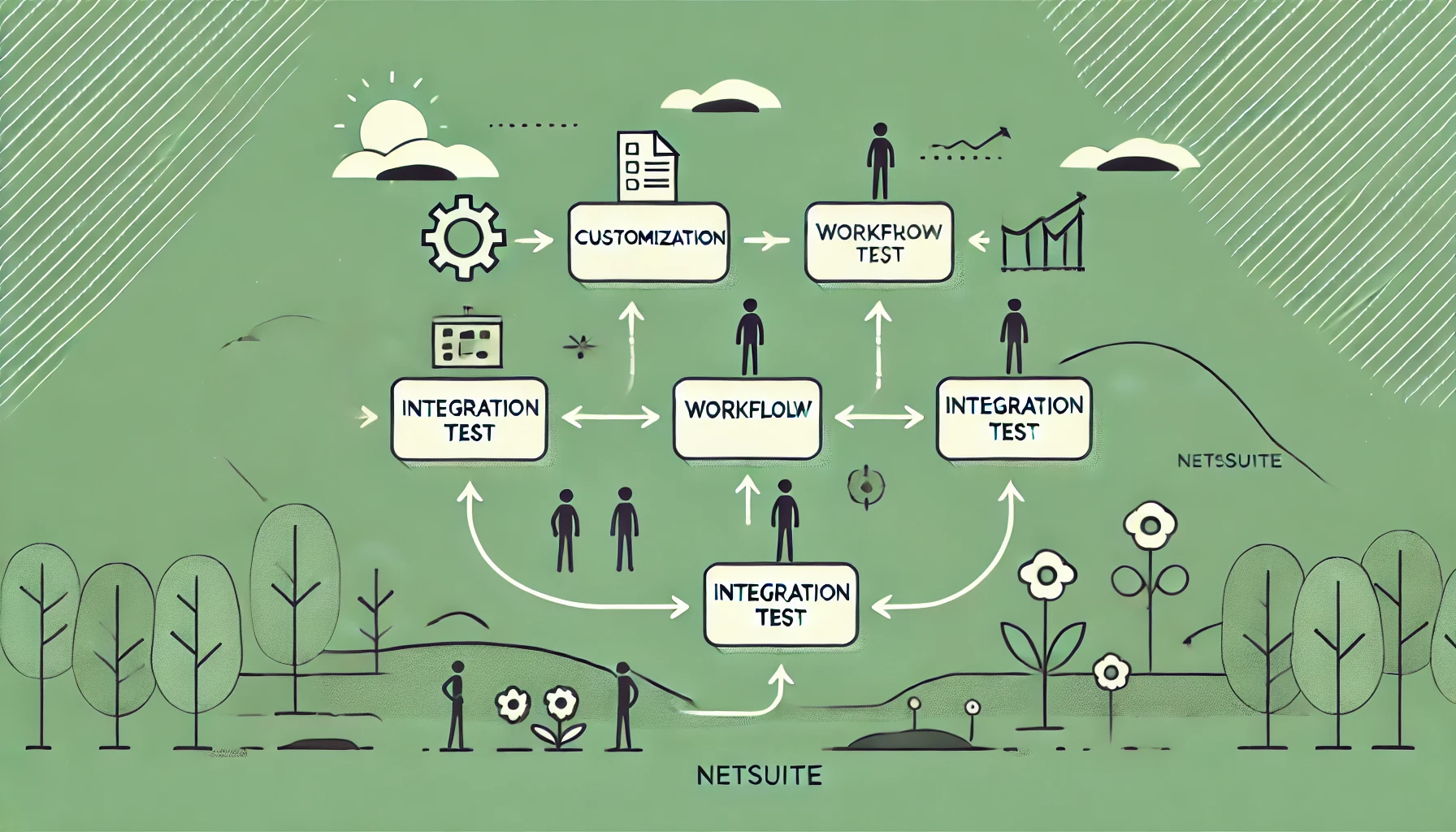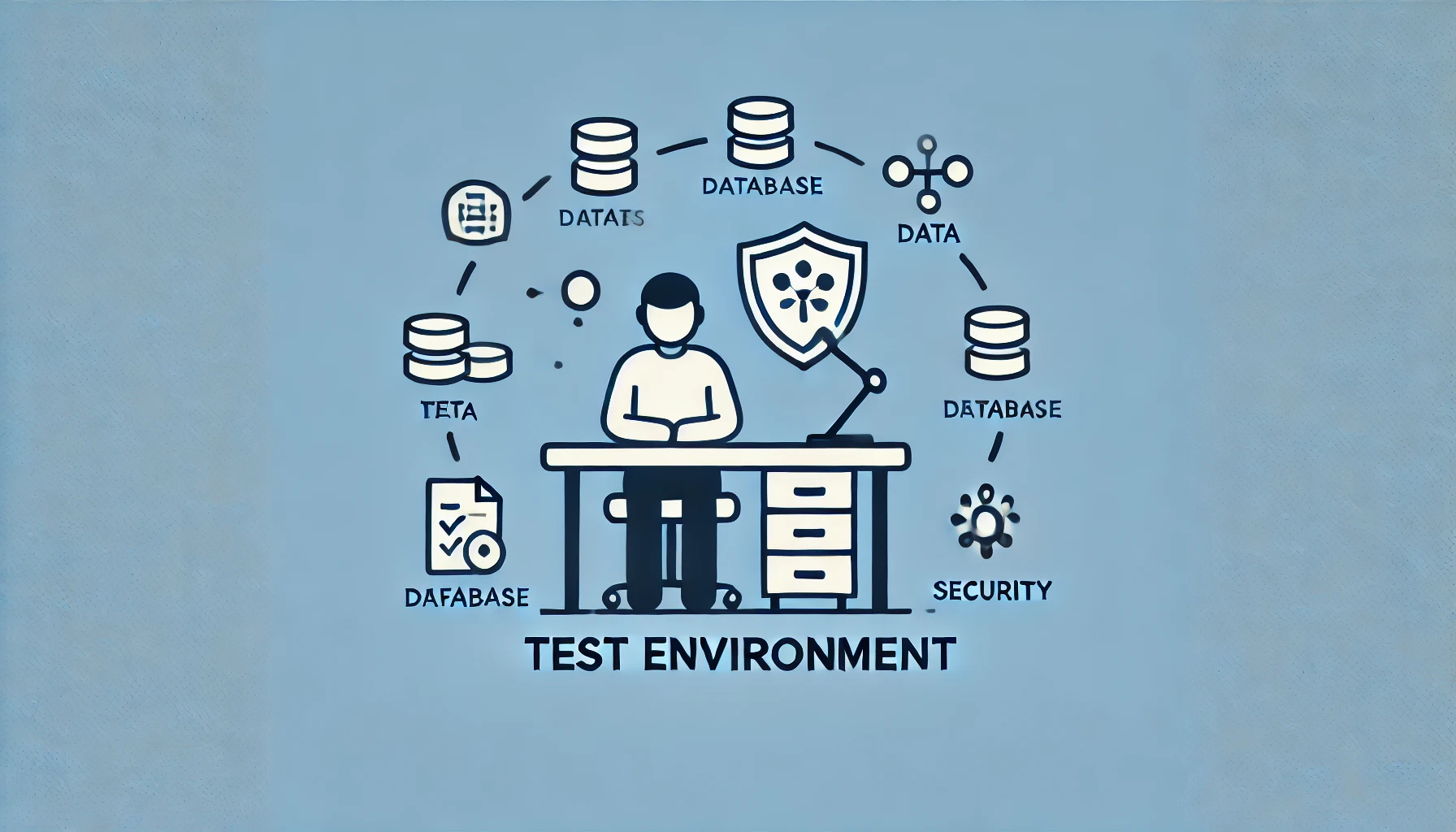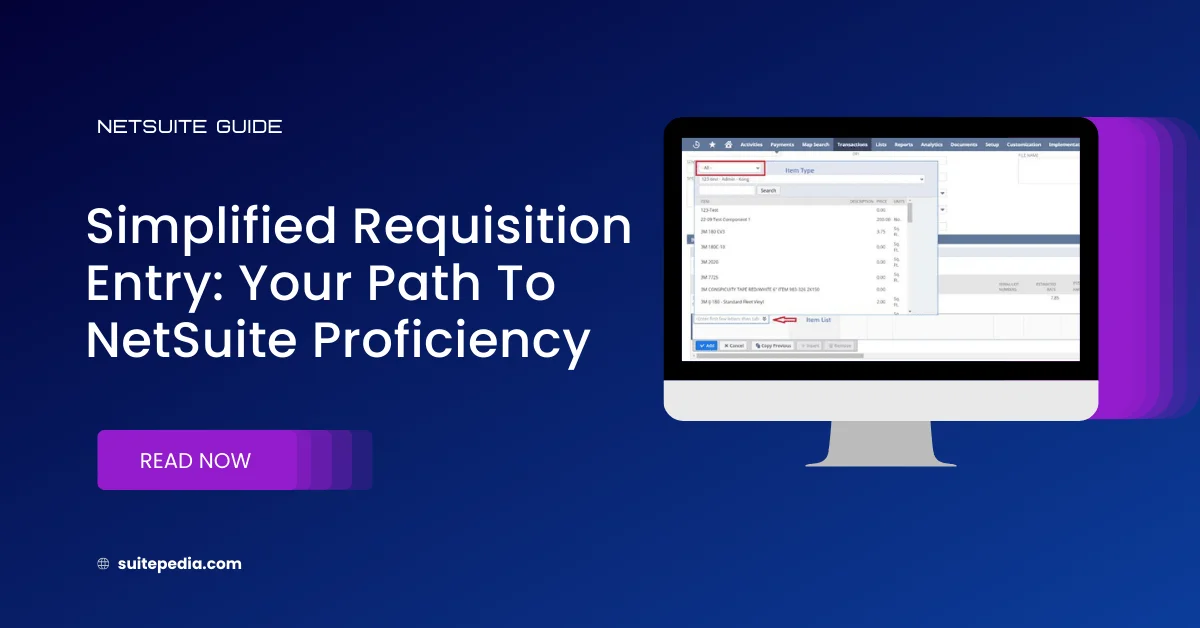Mastering NetSuite Sandbox: Your Safe Space for Customization and Testing
When it comes to cloud ERP systems, NetSuite leads the charge in offering flexibility, scalability, and customizability. But with such robust capabilities, there’s one rule every smart NetSuite user follows: never test in your live environment. This is where the NetSuite Sandbox account becomes indispensable.
Whether you’re a developer, admin, or business user, a Sandbox account is your playground for innovation—a place where you can experiment, test new features, train staff, and run integrations without disrupting your live system.
In this blog, we’ll walk you through what a NetSuite Sandbox account is, its different types, how to use it effectively, and why it’s a must-have for any serious NetSuite implementation.
A NetSuite Sandbox account is a separate testing environment that mirrors your production (live) NetSuite account. It’s designed to allow users to safely test changes, configurations, scripts, workflows, integrations, and customizations before deploying them to the live environment.
Unlike production accounts, Sandboxes are not meant for daily transactional use. They are refreshed copies of your production data and configurations, ensuring you’re working in an environment that feels just like the real one, without the risk.
Why Use a NetSuite Sandbox Account?
Implementing or modifying ERP systems without a testing phase is like walking a tightrope without a safety net. A Sandbox environment provides you with that net.
Here’s why having a Sandbox is crucial:
- Risk-Free Testing: Safely test SuiteScripts, SuiteFlows, and new features.
- Training Ground: Onboard new employees without risking live data.
- Error Prevention: Catch and fix bugs before they affect your operations.
- Customization: Trial complex configurations and integrations without business disruptions.
- Upgrade Readiness: Prepare for NetSuite’s biannual updates by previewing changes.
The NetSuite testing environment is especially critical when dealing with automations or third-party integrations that could unintentionally overwrite or corrupt live data.

Types of NetSuite Sandbox Accounts
NetSuite offers a few different types of Sandbox accounts, each suited to particular use cases:
1. Standard Sandbox
- Mirrors your production account’s data and configuration.
- Suitable for testing configurations, user roles, workflows, and simple scripts.
- Ideal for most small to medium businesses.
2. Development Sandbox (aka SuiteCloud Plus)
- Geared toward developers and large teams.
- Supports high-performance testing of SuiteScript, SuiteTalk integrations, and workflows.
- Often used in parallel development tracks.
3. Premium Sandbox
- Offers enhanced capacity and performance.
- Recommended for enterprise-level users with complex customizations and large datasets.
You can even have multiple Sandboxes for different purposes; one for training, one for testing, one for development. This layered approach ensures efficient, risk-free deployment.
Key Features of the NetSuite Sandbox Account
Here’s what makes the NetSuite Sandbox account more than just a copy of your production system:
- Regular Refreshes: You can refresh your Sandbox periodically to align with your current production data and configurations.
- Safe SuiteScript Execution: Run client and server-side scripts (SuiteScript 1.0, 2.0, and 2.1) without consequences.
- SuiteFlow Testing: Validate workflows, approval chains, and automation.
- Integration Testing: Ensure API integrations work correctly before going live.
- Training Simulations: Give new team members hands-on experience without the risk.
Best Practices for Using NetSuite Sandbox
Just having a Sandbox isn’t enough—how you use it makes all the difference. Here are a few NetSuite customization and testing best practices:
- Plan Your Sandbox Activities Define what you want to test or build and prioritize by risk or complexity.
- Keep it Organized Name your scripts, workflows, and forms clearly. It helps during migrations to the production system.
- Use Version Control Especially for developers working with SuiteScript, version control (e.g., Git) helps manage changes across teams.
- Test in Stages Don’t dump all changes at once. Test in phases—start small, then scale.
- Refresh Wisely Only refresh when necessary. Remember, refreshing your Sandbox wipes out all changes made since the last copy.
- Test with Real Scenarios Use actual business cases and sample data that reflect daily use to catch real-world issues.
Limitations of NetSuite Sandbox
While the Sandbox is powerful, it’s not without limitations:
- No Email Delivery: Emails triggered in the Sandbox are not sent to external addresses unless configured for testing.
- Limited Users: Your Sandbox has a limited number of user licenses.
- Refresh Time: Refreshing the Sandbox can take time and causes downtime for ongoing work in the environment.
Understanding these constraints will help you plan your development or testing cycles effectively.

How to Access and Purchase a NetSuite Sandbox
Sandbox access isn’t included in all NetSuite editions by default. It must be purchased as an add-on.
Once enabled, you’ll find it accessible from your NetSuite dashboard under the role selector. Your Sandbox account is clearly labeled and operates with the same interface as your production system.
To purchase, contact your NetSuite Account Manager or a NetSuite Solution Provider. The investment often pays for itself by preventing costly deployment mistakes.
Real-World Use Cases
Here are a few examples of how companies use their NetSuite Sandbox:
- Retail Brand: A fast-growing DTC retailer uses their Sandbox to test a new inventory planning integration.
- Manufacturer: A manufacturing company ran simulations of a multi-location fulfillment workflow before going live.
- Nonprofit: A nonprofit organization trained their entire finance team using Sandbox before rolling out new approval workflows.
Final Thoughts
The NetSuite Sandbox account is not just a “nice to have”, it’s a best practice. From training and testing to development and disaster prevention, a Sandbox ensures that your customizations and changes enhance your ERP experience rather than compromise it.
In the fast-paced world of cloud ERP, innovation must walk hand-in-hand with safety. The NetSuite Sandbox gives you that edge offering a protected space to build, test, and learn.
If you’re serious about unlocking the full power of NetSuite, integrating a Sandbox into your system landscape is one of the smartest investments you can make.



